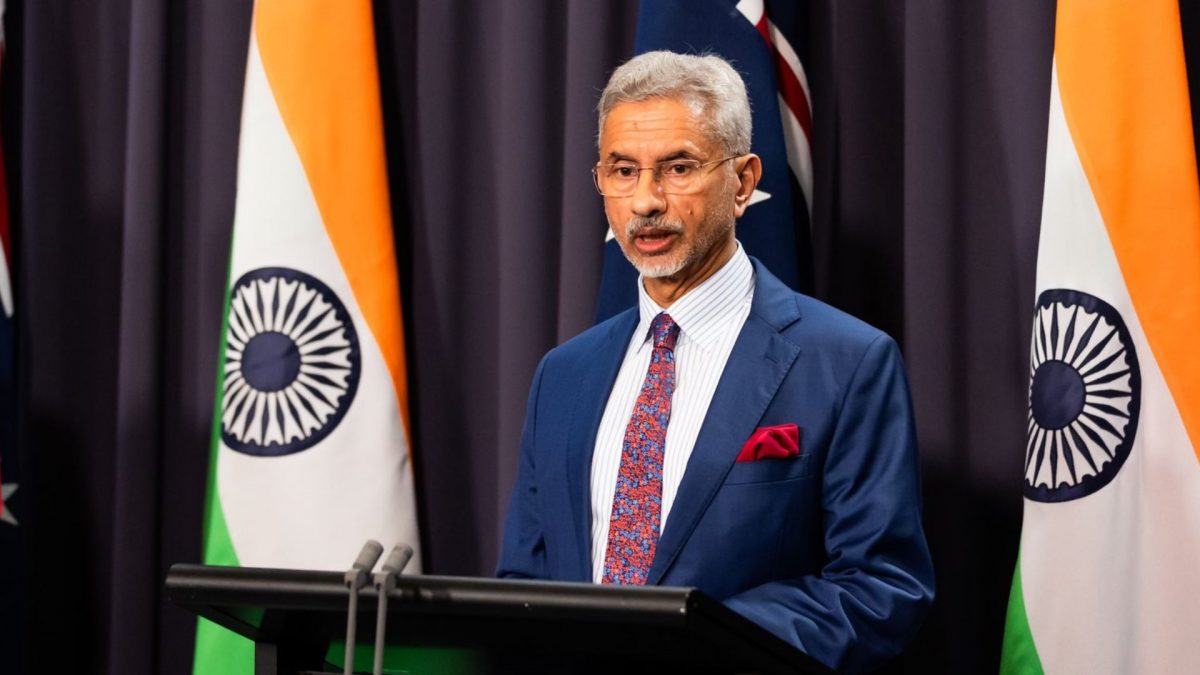Engineers at Illinois’s Northwestern University have developed a pacemaker which is smaller than a single grain of rice and can even fit inside the tip of a syringe. The device, hailed as a “transformative breakthrough”, caters to patients who need temporary pacing like infants.
Notably, pacemakers are used by millions around the world. These devices help stimulate hearts with electrical pulses so that they beat normally.
According to the researchers, this pacemaker can be injected non-invasively into the body.
Naturally dissolves in the body
Conventional pacemakers require a second surgery for removal, making the process a lot more invasive and costlier.
However, this pacemaker dissolves naturally in the body once it is no longer needed.
Northwestern bioelectronics pioneer John A. Rogers, who led the device’s development, said, “We have developed what we believe is the world’s smallest pacemaker. For paediatric heart surgeries, miniaturisation is crucial. The smaller, the better."
Northwestern cardiologist Igor Efimov added that their main focus was children.
“Around 1% are born with congenital heart defects, but most only need temporary pacing after surgery. In about seven days, their hearts self-repair. This tiny pacemaker can support them during that critical period, without requiring another surgery for removal.”
How does the pacemaker work?
The device pairs with a small, flexible, wireless patch worn on the chest. When the patch detects an irregular heartbeat, it sends a light signal to activate the pacemaker.
These gentle light pulses travel through the skin and muscles to regulate the heart’s rhythm.
Instead of traditional wires, the pacemaker runs on a tiny battery that generates power using the body’s fluids. This makes it safer and more efficient. Unlike older versions that relied on radio signals, this new design uses light, allowing it to be much smaller.
“We developed a light-based system to turn the pacemaker on and off,” Rogers said. “This helped us significantly reduce its size.”
The device can significantly help paediatric heart surgeries. According to researchers, doctors can even place multiple pacemakers targeting different parts of the heart to help synchronise heart rhythms better.
“This technology opens up many possibilities. It could be used not only for heart conditions but also for healing nerves, bones, and even pain management,” Rogers added.


)
)
)
)
)
)
)
)
)



